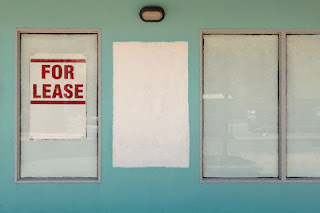
Defining a lease, and an insight into the creation of leases
Lease has been defined under Section 105 of the Transfer of Property Act, 1882. According to Section 105, 'a lease of immovable property is a transfer of a right to enjoy such property, made for a certain time, express or implied, or in perpetuity, in consideration of a price paid or promised, or of money, a share of crops, service or any other thing of value, to be rendered periodically or on specified occasions to the transferor by the transferee, who accepts the transfer on such terms'.
Accordingly, a lease creates a right to enjoyment of an interest in the property in favour of a lessee. Unless there is a transfer of such an interest, there can be no lease. The transferor is called the lessor, the transferee is called the lessee, the price is called the premium, and the money, share, service or other thing to be rendered is called the rent for the lease.
The key points for a lease to exist include - a transfer of right from lessor to lessee, a lessee has a separate alienable interest in the property, the interest is in the immovable property, it entitles the lessee the right to possession of the property in accordance with the lease agreement, the right to enjoy such property is for a certain time period, and the right is given in return for some consideration to be paid periodically or on certain specified occasions.
The underlying principle of a lease is that it is the separation of the right of possession from ownership of property. The word 'enjoy' used above includes 'possession' also.
A suit for ejectment against the lessee does not lie so long as the lease is in existence. It is to be noted that mere personal right of possession of immovable property will not constitute a lease. The right to possess immovable property, which is subject matter of the lease, is vested in the lessee. When a lease is executed, the transfer which takes place is a transfer of limited right to enjoy the property during the period of the lease. The lessee has the right to enjoy the property but the ownership of the property continues to remain with the landlord.
It is to be noted that mere transfer of right of possession without a right to use is not a lease. Similarly, a mere right of enjoyment, without the right of possession in respect of the immovable property cannot be termed as a lease.
There must be a transfer of the exclusive right of possession of immovable property in respect of which the lease is created. After a lease is created, the lessor cannot reserve to himself any share in the right of possession .The words 'transfer of a right to enjoy such property' indicates that all rights of ownership are not transferred.
There are two modes under which leases may be made - they can be made from year to year, month to month, or for a term of less than a year. Leases from year to year include leases for a term exceeding a year, leases reserving a yearly rent and permanent leases. These leases can be made only by way of a registered document. Both the lessor and the lessee or their duly constituted authorities should execute such registered instruments. The instrument creating the lease needs to be properly stamped, executed and registered. Other leases may be made either by way of a registered document or by oral agreement, accompanied by delivery of possession. The registration of such leases is not mandatory.
Saturday, August 09, 2008
What is Lease definition, Transfter of Property Act, lessee, lessor and transferor
Labels:
Real Estate
Subscribe to:
Post Comments (Atom)
Explore more

Custom Search
No comments:
Post a Comment